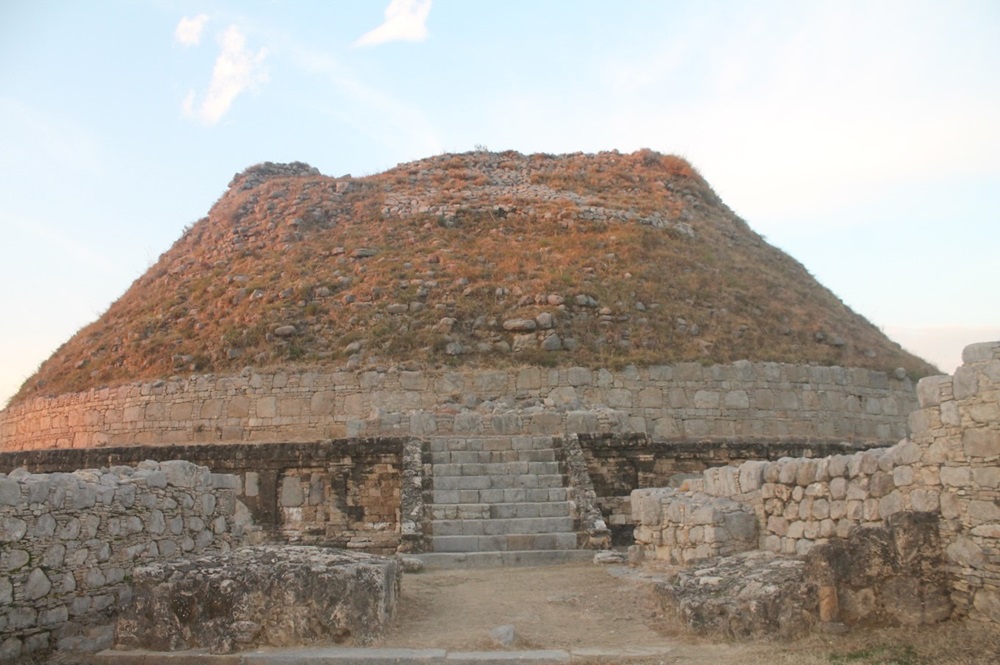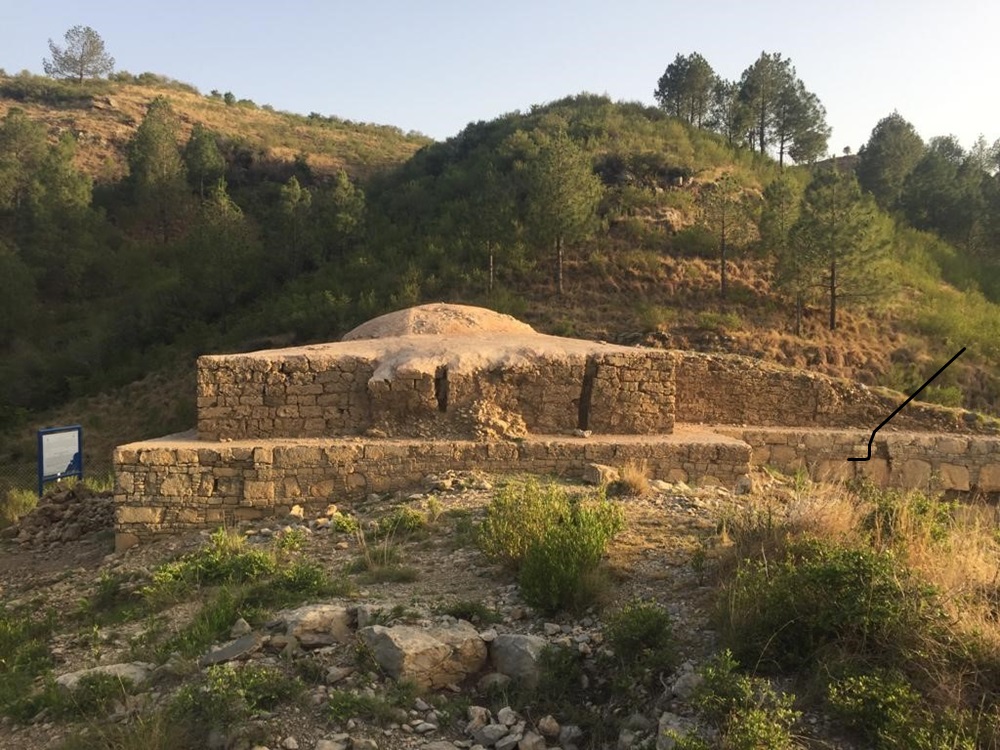Written by: Sirat Gohar Daudpoto
Posted on: January 15, 2024 |  | 中文
| 中文
Manthal Buddha Rock, Skardu
What we mean by the Buddhist heritage is any object, structure, space, story or any other tangible or intangible thing associated with Buddhism or Buddha himself. Buddhism has been one of the most followed religions in the world for centuries, and its adherents are spread all across the world. The Buddhist heritage is widespread, diverse and distinct. In Pakistan, Buddhist symbols and monuments are found almost throughout the country, however, the concentration of sites and type of cultural record vary from region to region. For example, Gilgit-Baltistan and the mountainous areas of Sindh have a large number of rock art sites and the ancient Gandhara region of Pakistan is known for monumental structures such as stupas and monasteries. It would not be an exaggeration to say that the Buddhist heritage of Pakistan is nearly one hundred percent tangible and is constituted of a very diverse cultural record, including rock carvings, monuments, sculptures and paintings.
Generally speaking, the discourse on the Buddhist heritage of Pakistan revolves around Gandhara. The deliberate acts of projecting Gandhara as the only potential Buddhist site have cast a shadow over the other areas of the country where Buddhism once flourished, and objects, monuments and symbols associated with Buddhists still survive. Overall, it is true that most of the country’s legacy of Buddhist monuments belongs to the Gandhara region. But this does not mean that other regions of Pakistan are deficient in Buddhist heritage resources, in fact, in terms of the number of sites, regions like Gilgit-Baltistan and Sindh leave Gandhara far behind. Specifically, in the different valleys of Gilgit-Baltistan, thousands of rock carvings belonging to Buddhism have been discovered in the past years by both national and foreign scholars. On the other hand, Dr. Zulfiqar Ali Kalhoro alone has documented hundreds of Buddhist symbols, which include the images of stupas, monasteries, viharas, dharmachakra and lotus, engraved on the rocks in the hilly regions of the Sindh province of Pakistan. Apart from the scared rock art sites of Buddhism, there are several stupas located in different parts of Sindh, and the famous among them are Thul Mir Rukan, Mohenjodaro Stupa, Kahujodaro and Sudheranjodaro (Sudheran Jo Thul), to mention a few.
Ironically, the story of Pakistan’s Buddhist heritage is similar to that of the 2nd-3rd century stupa at Mohenjodaro. Despite being the most conspicuous structure at the site, the stupa at Mohenjodaro is eclipsed by the structures of a nearly five-thousand-year-old city of the ancient Indus Civilization. Its historical and cultural significance is ignored to the point that even today some archaeologists, in formal and informal gatherings, discuss the excavation of the stupa area to expose the Bronze Age remains. So, they speak about the removal of the stupa, ignoring its inherent as well as archaeological value just to keep their work going. In plain words, Gandhara has overshadowed the country’s Buddhist heritage, and this, thanks to the archaeologists, historians, scholars and of course fake archaeologists.
However, some Pakistani archaeologists and scholars, going beyond the Gandhara subject, discuss the overall Buddhist heritage of Pakistan. In response to questions about the legacy of Buddhism in Pakistan, Dr. Sadeed Arif, who is an Assistant Professor of Archaeology at the Taxila Institute of Asian Civilizations, Quaid-i-Azam University, Islamabad, said that the Buddhist heritage spaces are located in different parts of the country such as Punjab, Sindh, Khyber Pakhtunkhwa and Gilgit-Baltistan. He also said that a large part of the country’s heritage is Buddhist. He emphasized the importance of Gandhara in the ancient and modern Buddhist world. Furthermore, he suggested that the Buddhist heritage can play a central role in projecting the country’s soft image and in promoting the local economy. Through properly managing and promoting the Buddhist sites, Pakistan can gain a great deal.
In conclusion, there is now an urgent need to think of the Buddhist legacy of Pakistan beyond Gandhara, otherwise, the great part of the country’s Buddhist heritage will fade into oblivion. We need to project the complete picture of Buddhism in Pakistan, and to help people understand that the Pakistani Buddhist heritage is not just limited to Gandhara, but extends to other parts of Pakistan as well. In this regard, as Dr. Sadeed suggested, concerned government bodies, as well as non-government organizations, can play a vital role.

Dharmarajika Stupa, Taxila (Photograph taken by the author)

Ban Faqiran Stupa, Islamabad (Photograph taken by the author)
You may also like: